Weeding: Best tips for garden weed control
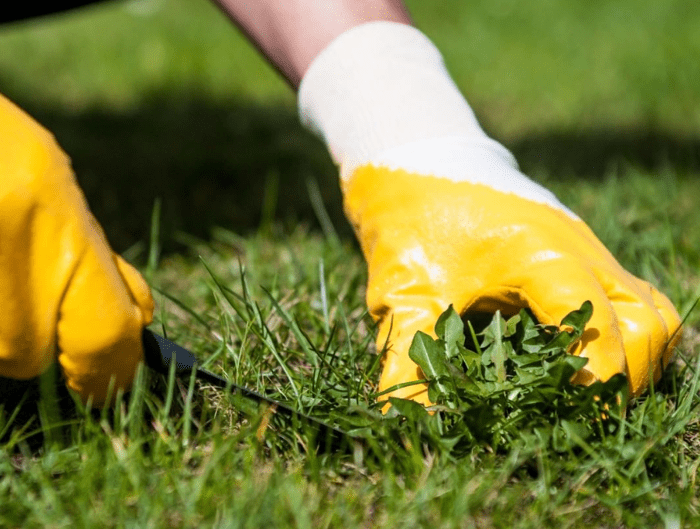
Weeding: The sun and the good weather arrival also brings us problems in our gardens since it is the moment when the weeds develop the most. For most gardeners, removing weeds isn’t exactly a favorite work. However, the longer you let those powerful, unwanted plants grow, the harder they become to take care of.
What is weeding?
So, weeding is a technique that aims to reduce the development of unwanted weeds on a plot or a garden. Firstly for agronomic reasons (eg competition between plant species) because these garden invaders compete with your plants for water, nutrients, and light. Then, for aesthetic reasons (a weed-free garden looks clean and tidy, especially right after a big weeding session). and finally for specific reasons (e.g. to prevent the spread of harmful species and also diseases and pests). The task is a bit tiring. Yet there are environmentally friendly ways to remove weeds which certainly require a little more work and patience but which give satisfactory results.
Find out in this article the best tips about the best timing, tools, and methods to use to get rid of weeds in your garden.
Best Time for Weeding a Garden
Weeding timing is important. Try to start weeding early in the year, when weeds are weak. This process will then have to be repeated throughout the season. Let the garden weeds out to roast in the sun for a few days then rake carefully. In this way, weeds will be easier to eliminate. This task should also be done if possible after a good rain or watering because uprooting is facilitated by loose soil.
How Often Should You Weed a Garden?
In order to avoid the growth of spontaneous plants, it is necessary to inhibit their germination. To do this, regular hoeing of your land is essential. You should then weed your garden about once a week.
How should you weed your garden?
Manual weeding
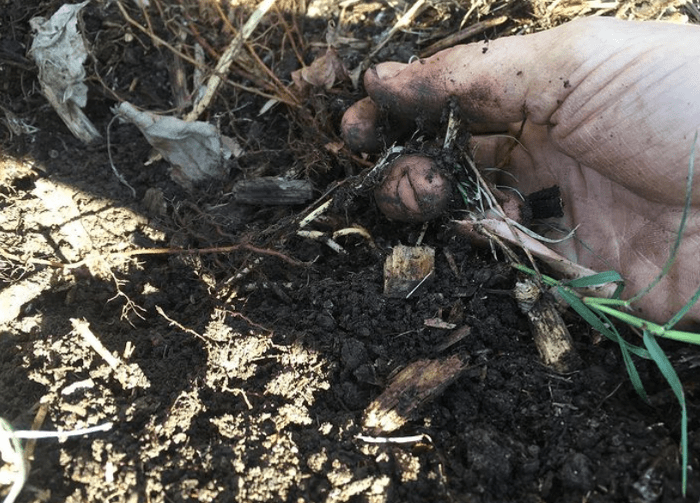
Manual weeding is the set of techniques for fighting weeds by hand, either by simple uprooting or by using the same processes as machines but on a human scale (burying, hoeing, scarification, etc.). We use for this: claws, gouges, hoes, scarifier, and any other needed.
The use of natural weeding is strongly recommended since this technique makes it possible to uproot the most stubborn plants completely, with the roots, to prevent them from growing back.
Mechanical weeding
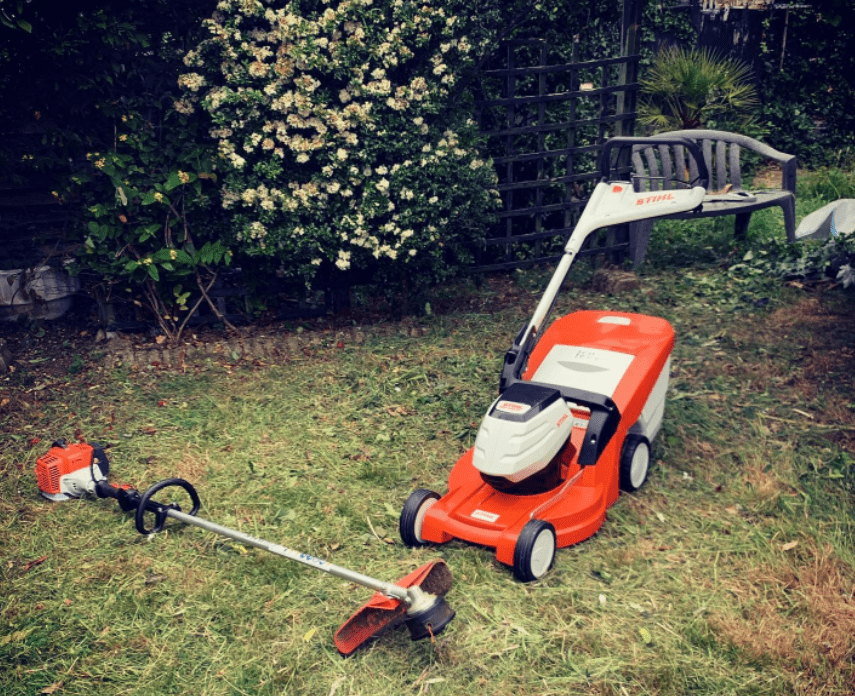
Mechanical weeding consists of introducing specific equipment for pulling out weeds or cutting them. It can be a possible alternative to reduce the use of chemical herbicides and it is more practical for big lands. Mechanical weeding consists of three steps; firstly weed cut which concern generally some bushes. It is often a step prior to uprooting. It does not eliminate the undesirable herbs, but removing their aerial parts, weakens them for a moment. We can cut by using a sickle, a scythe or secateurs. Mechanical weed control involves also the uprooting of weeds using various tools such as weeders, wheel cultivators or market garden hoes. Hoeing consists of soil aeration by breaking the surface crust. By doing this, the gardener uproots weak rooting grasses.
Mulching
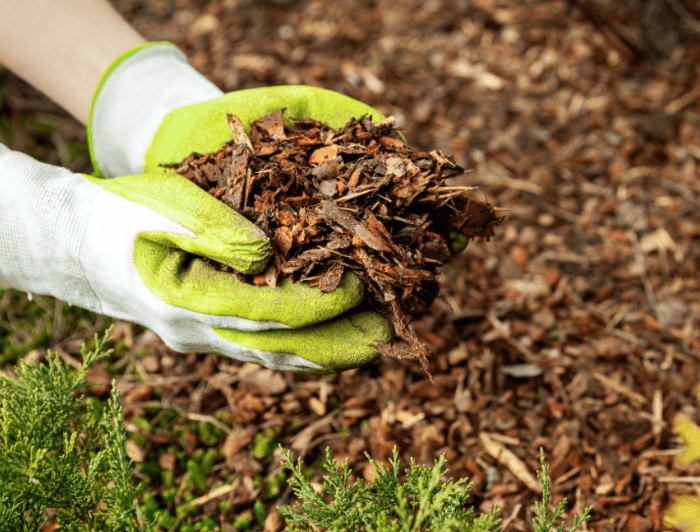
Mulching is a method that can be used with several materials and which smothers weeds by depriving them of light while promoting the development of the desired crops.
As you pull your weeds, spread over your newly exposed soil some mulch or wood chips. Pulling weeds often disturbs buried weed seeds, and that disturbance can bring seeds up to the surface where sunlight exposure may awaken them, leading to germinating more weeds which means more work.
Thermal weeding
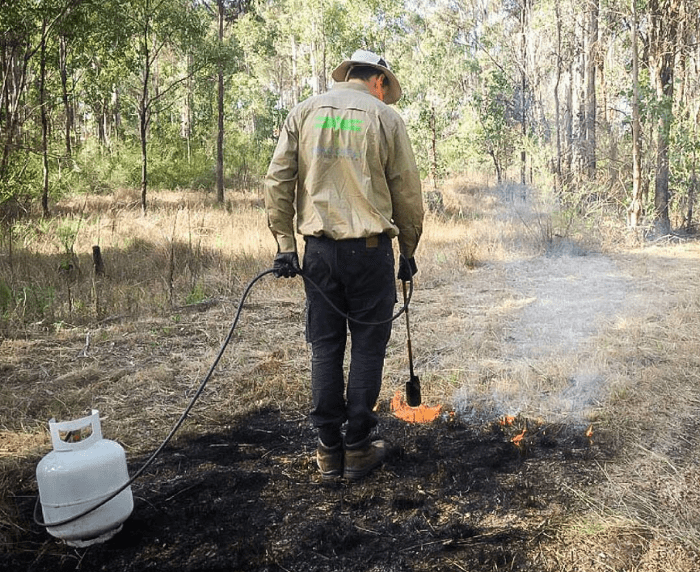
This technique consists in exposing the weeds to a thermal shock. The weeder releases a very high temperature (at least 600°C) under which the plant cells burst. After a few days, the aerial parts, as well as the roots of the plants subjected to the thermal weeder dry out. Afterwards, the plants die because the effect is also effective in depth, up to ten centimeters underground. The thermal weeding of weeds is one of the ecological methods that are increasingly popular with gardeners in addition to being very effective.
Chemical weeding
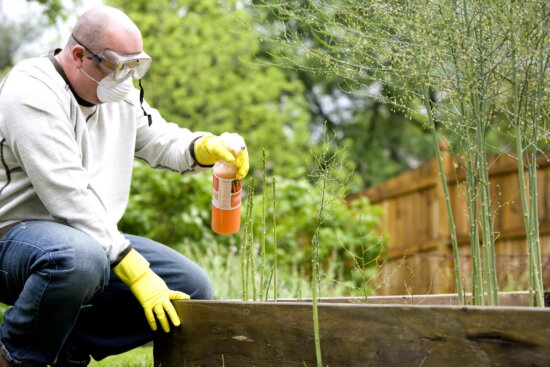
If manual weeding does not allow you to overcome your weeds, you will find chemical products on the market. Be aware that their use can be harmless for you and your garden. This weeding method is carried out using synthetic herbicides adapted to the specificity, the mode of action, and the period of application on the crop. Chemical weed control is carried out using a sprayer.
Some other weeding tips
Weeding the garden regularly
Regular weeding helps uproot weeds before they have a chance to grow. Do not hesitate to repeat the operation as soon as possible.
Weed After Rain or Watering
Moist soil is soft and loose, which will make the weeding much easier.
Use the Right Tools
The right tool for removing weeds is important. This is because the goal is to remove the entire weed with all its roots. For example, for annual weeds, such as purslane and chickweed, cut off the weed at the soil line with a sharp hoe without digging too deep because you’ll bring up more weed seeds, resulting in more work for you. Then, for perennial weeds, such as burdock and dandelions, wait until the soil is wet and use a cultivator meant to dig deep to get these taproots and try not to leave any roots behind.
Use white vinegar
White vinegar is particularly effective in removing weeds. To do this, dilute half a bottle of white vinegar in a liter of water. Then, spray the preparation on the wild grasses.
Did You find this helpful? Share it with your friends!